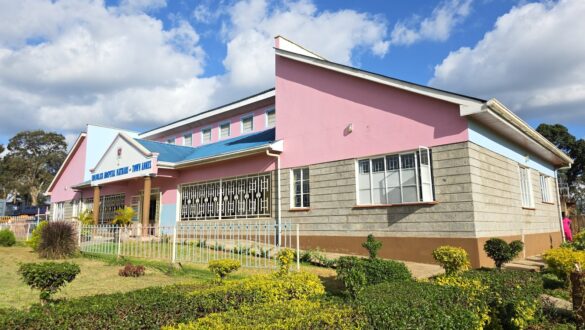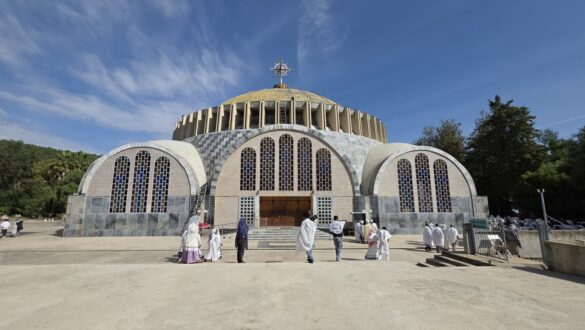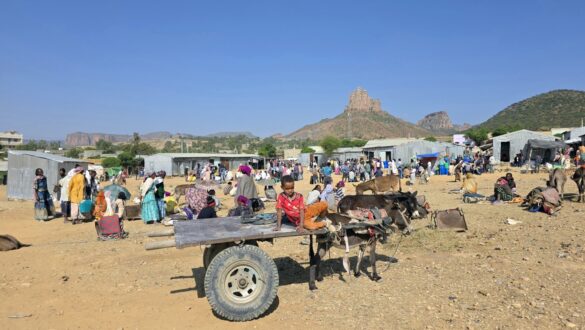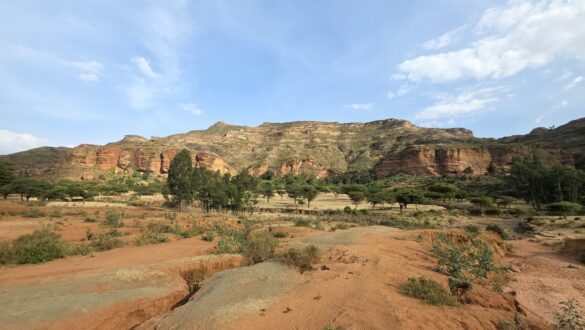Today we arrived in Nyeri in the late afternoon, a town located in Kenya’s Central Highlands, between the Aberdare Range and Mount Kenya. Its geography features rolling hills, fertile valleys, and two distinct ecosystems: the Aberdare National Park and Mount Kenya forests. The area...






